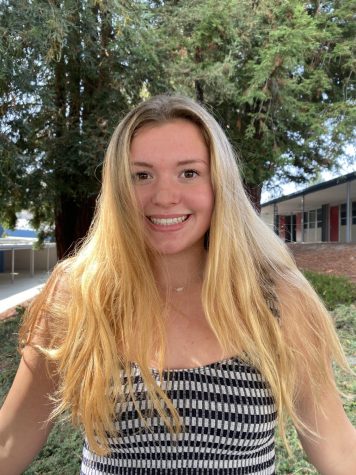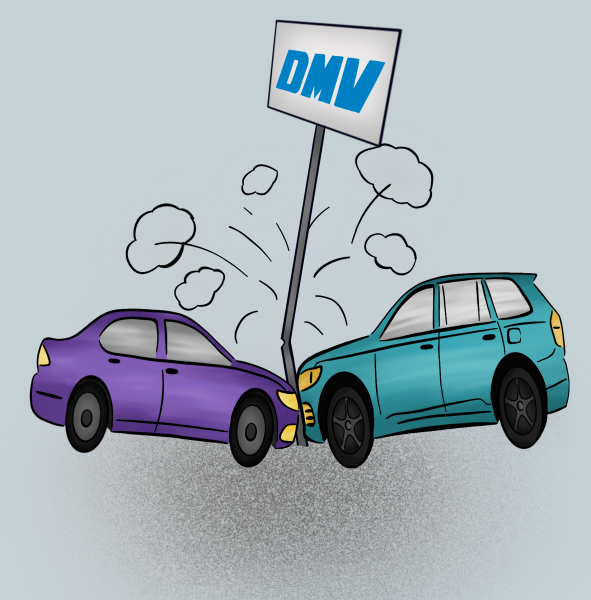Premature Reopening Creates Cases, Chaos
With each district Governing Board meeting, I find myself feeling less assured about the plans to return to campus. Given that the Board members intend to transition to a hybrid model of learning in January 2021, many students and parents alike were aggrieved. Threats of boycotting Cohort Academy as well as physical protests in Lafayette have surfaced in light of this decision, making clear everyone’s desperateness for something resembling “normal.”
Although we have all grown weary of the difficulties of learning and working at home, switching to a hybrid model now is not in anyone’s best interest.
I understand the appeal of going back on campus – whether it’s in November, in December, or tomorrow. My spinal cord remains twisted at an uncomfortable angle from sitting in my chair all day and my eyes burn as I stare into the pixelated squares of my computer. Just as much as anyone else, I’d sell my soul to chat with that 1 random kid in my math class last year or simply sit in a desk again, but we must accept the hard truth that the fantastical version of hybrid we have in our minds is just that: a fantasy.
As explained by AP Environmental Science teacher Jane Kelson, “A hybrid model is not business as usual.” Meaningless hallway chatter and Academy periods of catching up with friends will not be possible should we return to school. Our contact with other students will be regulated and staff members will not hesitate to call out or reprimand students not following social distancing rules.
In reality, it’s likely that student performance will worsen during the hybrid model, as time with teachers will decrease, and the increased stimuli after months of limited human interaction will provide distractions.
I speak for many students when I say that online learning cannot compare to the real thing. My test scores have suffered from assignments and assessments converted to an online format, but I doubt having less instruction time with my teachers will benefit me any more.
Demanding a return to school prematurely puts our teachers in a difficult position. As our teachers are at a higher risk of contracting COVID-19 than the average high school student, their wishes should be considered with equal, if not more, weight than ours. According to Kelson, it’s a given that many teachers will opt to go on leave should we return to campus (as is their right). This means students would have to adjust to substitute instructors in the middle of the year.
We all have hard days, but we must remember that this pandemic is about something larger than getting a B in math or spending a semester at home. Each 1 of us has a responsibility to respect the safety and health of others.
Just because we can reopen our schools in California does not mean we should. These are not easy decisions, but I’d rather exercise the utmost caution now to enjoy a vaguely normal 1st year of college than see COVID-19 numbers skyrocket once again upon our return to campus. Nothing about our circumstances are ideal, but all we can do now is dig our heels in and practice patience for when it’s best to transition to on-campus learning.
Your donation will support the student journalists of Campolindo High School's The Claw. Your contribution will allow us to produce more issues and cover our annual website hosting costs.

Senior Nicole Kennedy has played volleyball for 8 years and is currently on Campolindo's varsity team. She also played club volleyball at Red Rock East...


